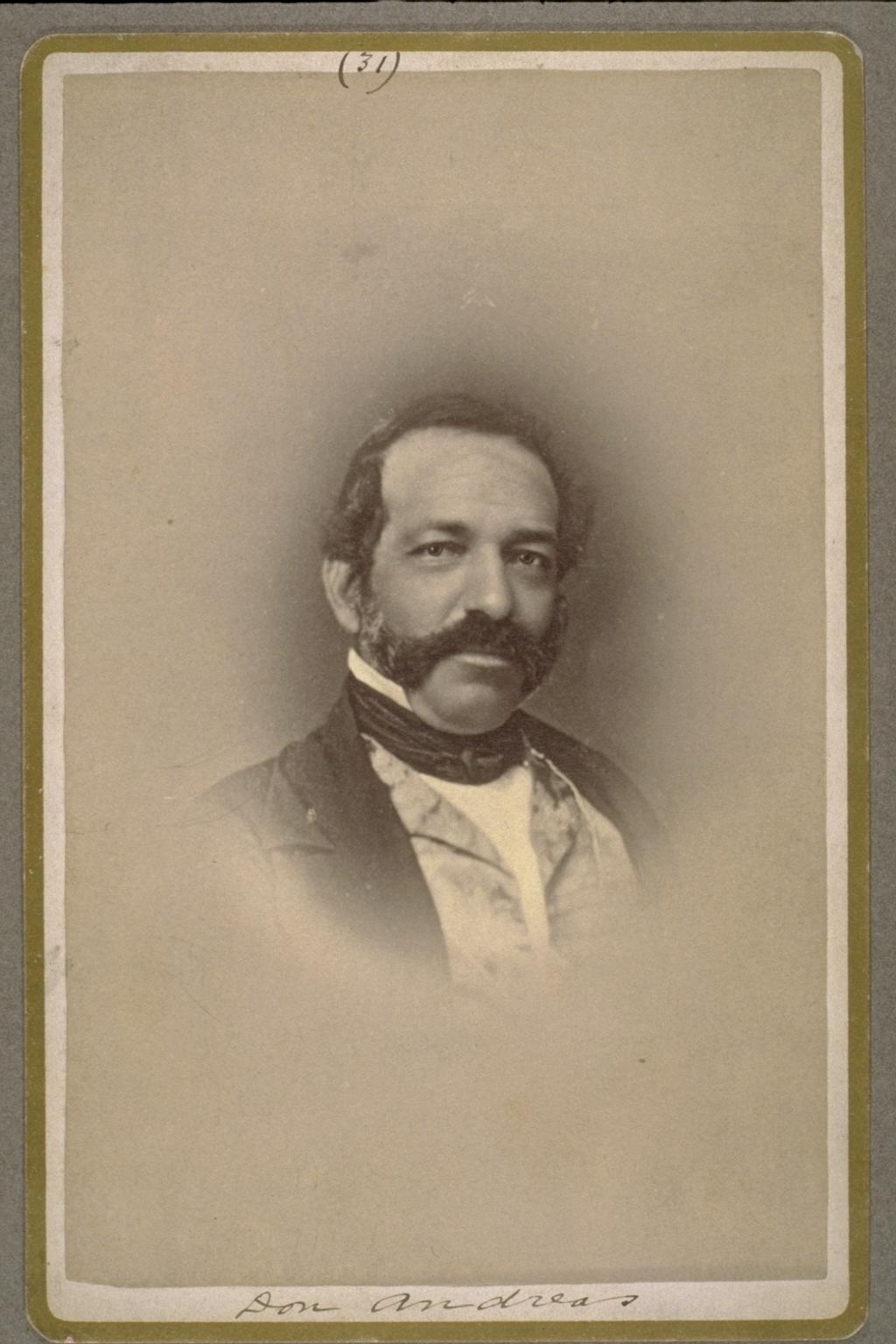 |
| click photo for great resolution |
|
|
| |
| The History of California A text manual |
| Click here |
As people bustled about during their lunch hour, no one seemed to notice one of the most important historic landmarks in California. On January 13, 1847, Lt. Col. John C. Frémont and Gen. Andres Pico, leaders of their respective American and Mexican troops, met on the porch of Campo de Cahuenga to sign the Treaty of Cahuenga, a document that ended the California front of the Mexican-American war.
The Mexican-American war lasted for just under two years, though fighting in California had lasted about seven months. The war resulted in 1,700 American casualties and 25,000 Mexican deaths. The biggest Mexican casualties, though, were present-day California and Texas.
|
 |
Gen. Andres Pico signing the Treaty that ended the hostilities in California
|
in signing the Treaty of Cahuenga, completed on the porch of Campo de Cahuenga, Gen. Andres Pico ceded Alta California to the US on behalf of Mexico. The commanding American officer, Lt. Col. Frémont, originally envisioned the terms of the treaty as a harsh, winner take all document: the prisoners would be shot and the remaining Mexicans would be either forcibly removed from the territory or enslaved. However, the gentle hand of Donna Bernardo Ruiz intervened and convinced Frémont to accept a more humane treaty.
The strategic importance of Campo de Cahuenga continued well into the next decade. In 1861, Campo acted as the staging ground for the California Battalion during the Civil War. Gov. Leland Stanford, decidedly pro-Union, and wary of Southern interest in the Southwest, supported the battalion. Frémont did as well. Known as the “Black Republican” for his belief in the illegality and immorality of slavery, Frémont returned to the battlefield as a General.
About 30 years later, Frémont returned to Campo de Cahuenga to authenticate its location as the site of the signing of the Treaty. However, by the 1930’s, according to McCreary, “Campo had become a forgotten landmark.”
|
|
Andrés Pico (1810-1866) was an influential Mexican-Californian in the mid-19th Century. He was born to José María Pico and María Eustaquia López in San Diego, California.
In 1845, Andrés Pico and Juan Manso were granted a nine-year lease for the San Fernando Valley. Pico, at that time a 35-year old rancher, lived in Los Angeles. He ran cattle on his ranch and made the Mission his rancho home.
During the Mexican-American War Pico commanded the Mexican forces in California and was Mexican Governor of Alta California in opposition to the U.S. provisional government. In 1846 Pico successfully led an attack on forces commanded by U.S. general Stephen Watts Kearny at San Pascual. However, fearing Kearny might execute him, Pico signed with the American commander John C. Frémont, the Treaty of Cahuenga January 13, 1847, which ended the war in California.[1]
After California became an American state, Pico remained in California, retained his extensive landholdings, and served as a state senator from San Diego in 1860 and 1861 as a Breckenridge Democrat a Southern sympathizer.
Andrés Pico was the brother of Pío Pico, the last governor of Mexican Alta California. Andrés never married, but adopted several children.
|
|
|
 |
 |
|

